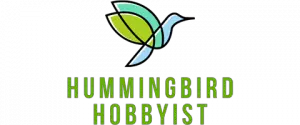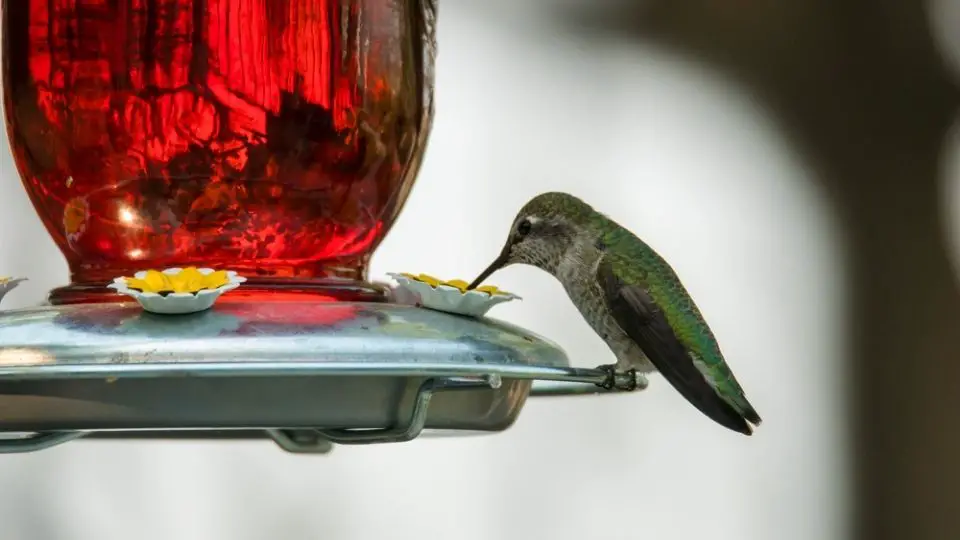Hummingbirds do eat ants, but they rely on feeders for sucrose in nectar. You can keep ants off of yourhummingbird feeder by using an ant moat, not using leaky hummingbird feeders, using fishing line to hang your feeders, using essential oils, using diatomaceous earth, and shading your feeder.
The sweet sugar in nectar feeders attracts a wide range of unwanted pests: bees, ants, and wasps. Often, you will also find ants around hummingbird feeders. The upside is that hummingbirds are so enjoyable to watch, and their food is rather affordable to make. However, to rescue their food from others encroaching on ants.
Table of Contents
Do hummingbirds eat ants?
Ants are a necessary part of the bird’s natural habitat and environment. They are a very good food source of protein for most birds, like wrens, sparrows, and flickers. For hummingbirds, their small size forces them to choose only smaller insects they can easily capture and swallow.
However, even though hummingbirds enjoy eating ants, they don’t enjoy mixing their savory menu. So, once ants attack their feeders, the hummers will stop feeding on nectar. The ants will then take over and call more ants, leading to more ant problems in your garden.
It is best to keep the ants away from bird feeders by putting a barrier between them and the nectar. Combining two or three methods can also create an even stronger defense against ants. Here are some DIY methods one may use to get rid of the ants:
Use An Ant Moat Or Ant Guard
Placing a water barrier is one of the most effective and inexpensive methods to prevent ants from getting to the feeders. In most cases, ants will not be able to cross the body of water and will eventually give up and or, at times fall in and drown in the water.
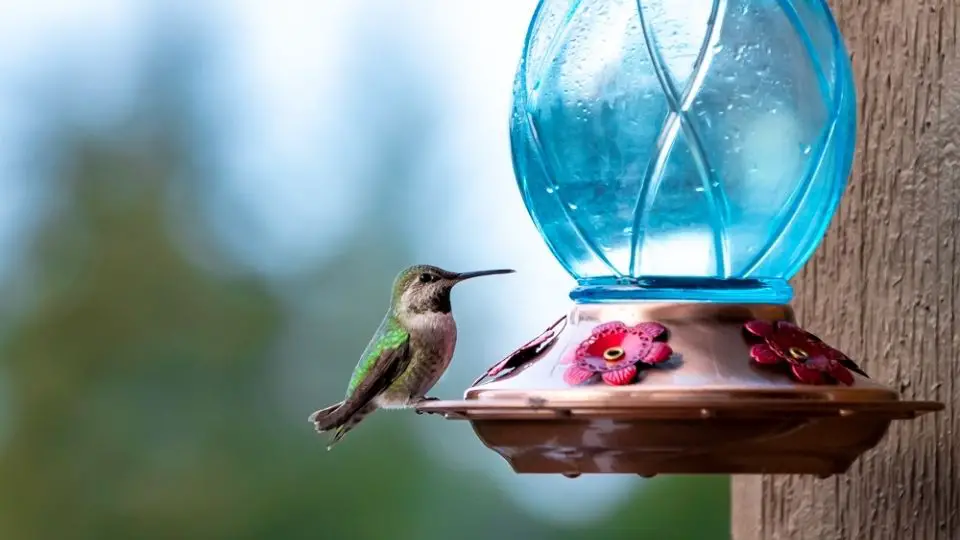
Different types of Moats
Built-in moats: These feeders are saucer-shaped feeders that can easily be found on Amazon. They have a “doughnut hole” at the center of the saucer, which can be used to create the guards.
Attachable moats: These are small cups usually placed on the side of the feeder and connected to the pole and the feeder. Even though the cups come with a low price tag, they are still highly rated on Amazon.
They also come with a step-by-step guide on how to use and fill it up with water. This is because any excess water will result in the ants being able to glide across to the edge and even climb over to the feeder. Very little water also means that the birds can be able to crawl right out. Also, in the summer, refill the saucer with water daily.
Avoid Leaky Feeders
To effectively keep away ants, you must ensure the feeder is not leaking . Any drops of the sweet sugar water can alert drips ants, forcing them to search out the source, consequently making them up in the feeder. To avoid this, all feeders need to be tightly sealed. Large tube and bottle feeders hanging upside down tend to leak more than the other saucer-style feeders.
Shade Your Feeder
All liquids expand when heated, and nectar in a bottle is no exception, especially if it remains fully exposed outside during the hot season. The exposure of the bottles to the scorching sun for an extended time can also cause leakage of the nectar from the feeder holes, resulting in the ants being alerted about the new food source.
To avoid this, the feeders must be balanced in a partial or full shade. This will also help the sugar water to remain cooler, thereby reducing the liquid’s expansion, which will cut down on the dripping. Putting the hummingbird feeders in a shaded area will also protect the feeders from rainfall and bird poop.
Fishing Line
Ants often find it hard to climb up or walk on slippery surfaces like fishing lines. As a result, using a fishing line hanger will create the same slippery surface. Nonetheless, some stubborn ants don’t give up. So combine the fishing line with the use of a moat.
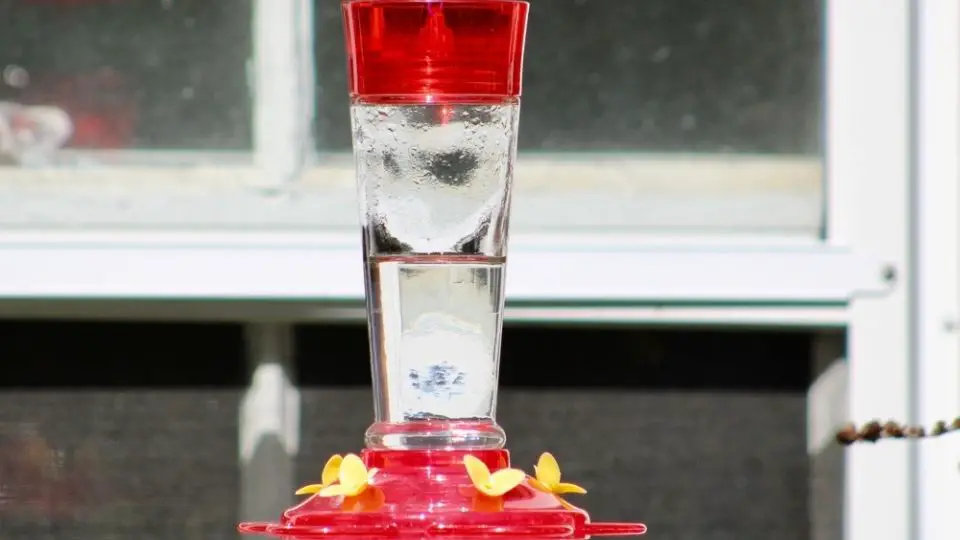
Using Essential Oils
Like many other creatures, ants don’t like certain smells. As a result, the liberal use of those essential oils can provide a non-toxic deterrent. For instance, mint or peppermint leaves seem to keep away ants, bees, mice, and rats. Some birders claim that cinnamon and bay leaves can make good ant repellents.
To fully use this option, look for a high-quality, 100% essential oil, and place it in a small spray bottle. One can mix a dozen of these essential oils in water or use them one after the other to pray the ground around the feeder pole and at the pole itself. The more potent the smell, the better it will work.
Diatomaceous Earth
Applying the Diatomaceous earth will dry up the insects and penetrate their exoskeleton once they contact the product. This very fine white powder is made from the fossilized remains of diatoms (single-celled algae), and their cell walls are made from silica. It is used to keep away ants, cockroaches, fleas, and bed bugs, to name a few. But it’s not poison.
To further effectively use this product, generously pour diatomaceous earth on the ground and form a perimeter surrounding the base of the feeder pole. The ants trying to crawl to the feeder won’t live long enough to make many return trips to the feeder. A 5lb bag can be found on Amazon that comes with a dusting applicator.
Perky Pet Permethrin Ant Guard
Permethrin is a tick repellent that is often sprayed on clothes. Putting it near the feeder will help to repel ants. The product is toxic to aquatic animals and insects such as bees but is non-toxic to humans. This can be a last resort if all other methods fail to work. Insecticides should, however, be avoided.
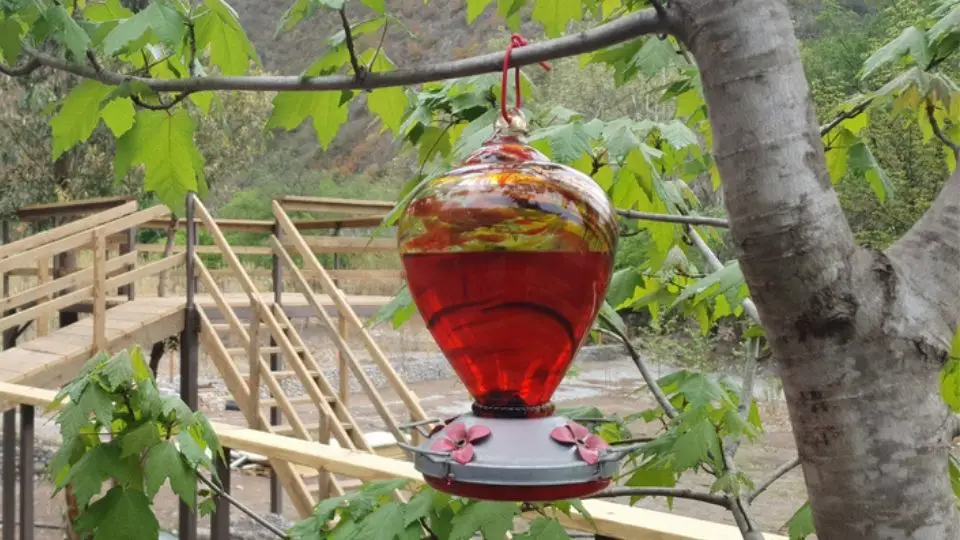
What Methods Should I Avoid
Petroleum Jelly
Although smearing the pole with Vaseline or vapor rub is a good method to keep ants from walking to the feeder, it puts the hummingbirds’ ability to fly properly at risk. This is because if a hummingbird’s feathers accidentally touch the vapor or Vaseline, it will be difficult for them to take off since Vaseline will hinder their ability to fly. Also, if too much Vaseline is smeared on the hummingbirds’ feathers, it can result in death.
Filling ant moats with oils
Ant moats should not be filled with oil; rather, they should be filled with just water. Vegetable oil or other oils could get on the birds’ feathers, hindering their flight. Also, filling the moats with certain oils can be fatal as the hummingbirds, bees, and butterflies sometimes drink out of them.
